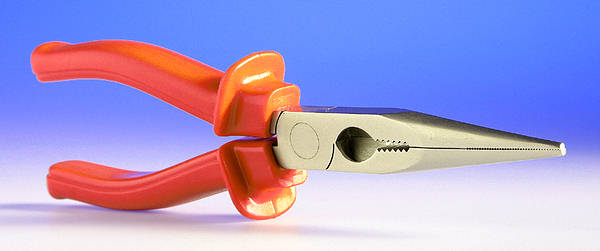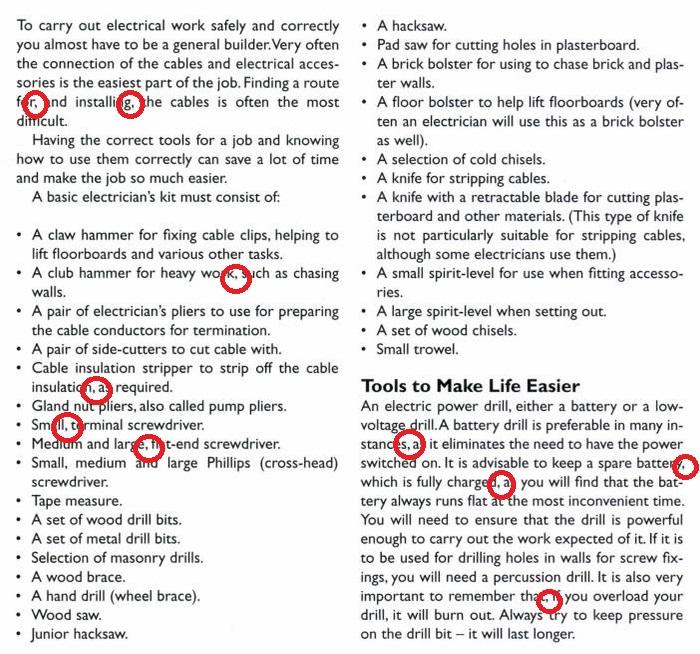- Joined
- 27 Jan 2008
- Messages
- 27,748
- Reaction score
- 3,364
- Location
- Llanfair Caereinion, Nr Welshpool
- Country

The test lamp of course
 never really worked out why these were so expensive?
never really worked out why these were so expensive?
He does seem to have something about knives.
It's not that long ago that testing was switching it on and seeing if it works.
But the heading is clearly wrong to do electrical work safely and correctly does not need those tools. To facilitate an electrical installation you may need those tool but not for the installation it's self.
The only tool which could be said to have anything to do with safety is the "Electricians" pliers which one would assume means insulated.
He has not even suggested insulated side cutters.
Little like the safety officer that said I must not use a Stanley knife but must use a craft knife instead. Wonder what he thought a Stanley Knife was? He wanted a Stanley Knife with a retractable blade.
I remember being given an electricians tool kit and it had a Facum tool screwdriver handle with a cup shaped grip at the end and a knurled screw to make it grip but not very strong. It took ages to work out what it was for. In the end turned out for fitting the retaining nut on lamp shades.

He does seem to have something about knives.
It's not that long ago that testing was switching it on and seeing if it works.
But the heading is clearly wrong to do electrical work safely and correctly does not need those tools. To facilitate an electrical installation you may need those tool but not for the installation it's self.
The only tool which could be said to have anything to do with safety is the "Electricians" pliers which one would assume means insulated.
He has not even suggested insulated side cutters.
Little like the safety officer that said I must not use a Stanley knife but must use a craft knife instead. Wonder what he thought a Stanley Knife was? He wanted a Stanley Knife with a retractable blade.
I remember being given an electricians tool kit and it had a Facum tool screwdriver handle with a cup shaped grip at the end and a knurled screw to make it grip but not very strong. It took ages to work out what it was for. In the end turned out for fitting the retaining nut on lamp shades.






